- Roast pumpkin ahead, drain thoroughly for a firm, non‑soggy filling with concentrated, caramelized flavor.
- Prepare pasta dough in advance and roll very thinly (machine setting ~6–7) for delicate, light ravioli.
- Season filling with nutmeg, Parmesan, and crushed amaretti; always taste and adjust before sealing.
- Seal ravioli tightly, dust with semolina, cook in small batches, and serve with brown butter‑sage or creative sauces.
There is nothing quite like the scent of autumn spices drifting through my kitchen, and for me, that aroma is inextricably linked to making pumpkin ravioli. This isn’t just a dish; it’s an experience, a culinary hug that wraps you up in the best of the fall season. I still remember the first time I tasted truly homemade pumpkin ravioli during a trip to Northern Italy. It was a revelation! The sweetness of the pumpkin, the hint of nutmeg, and the richness of the brown butter sauce… pure magic. Since then, I’ve refined my own recipe to capture that authentic flavor while making it approachable for the home cook. This dish is the absolute centerpiece of any festive gathering, from a casual Sunday dinner to a grand Thanksgiving feast. It’s comforting, sophisticated, and surprisingly simple to master. This recipe will quickly become your new holiday favorite.
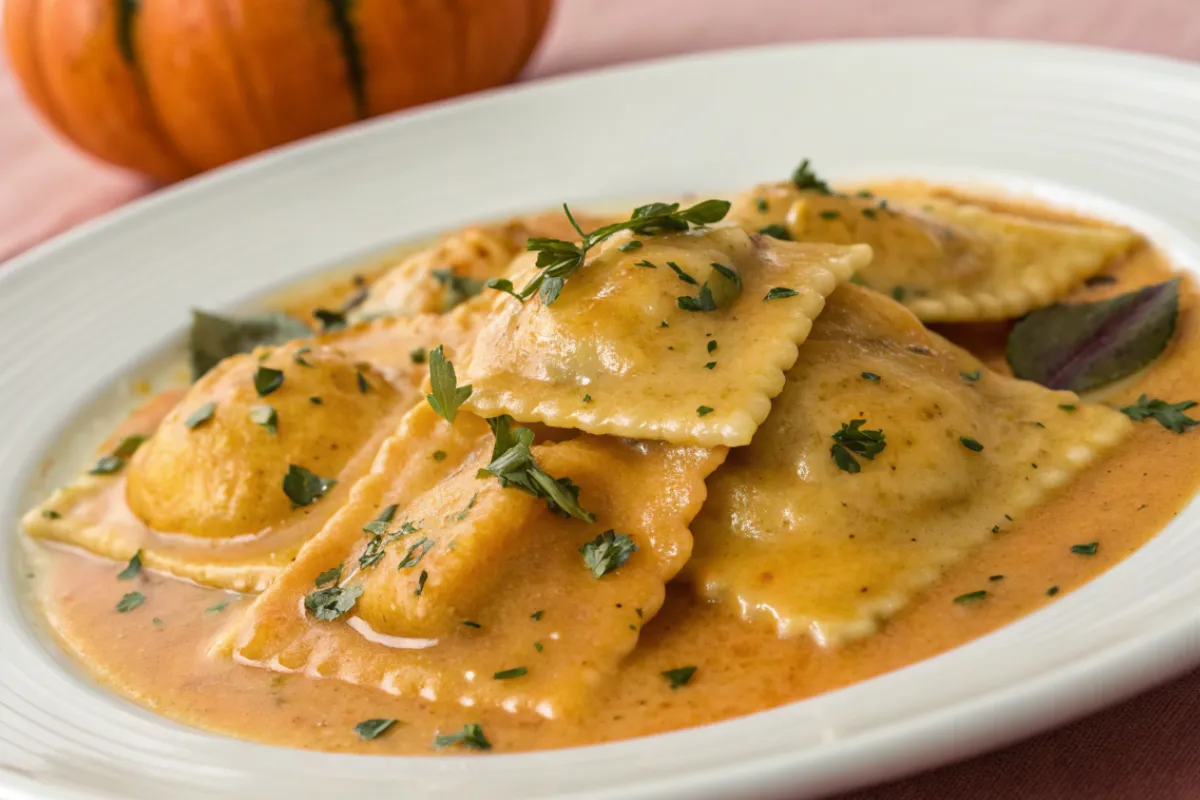
Table of contents
- The Art of Prep: Get Ahead with Your Pumpkin Ravioli
- Pumpkin Ravioli Recipe Card
- The Secret Ingredient That Makes This Ravioli Shine
- Chef’s Secrets: Achieving Perfect Homemade Ravioli
- The Wonderful World of Pumpkin Ravioli Variants
- FAQs: Troubleshooting Your Homemade Ravioli Journey
- Your Autumn Culinary Triumph Awaits
The Art of Prep: Get Ahead with Your Pumpkin Ravioli
Getting the prep work done in advance is the key to a stress-free ravioli-making experience. Trust me, you don’t want to be making the dough while trying to cool the filling! Being organized is what separates a good chef from a great one. These steps are simple and will dramatically cut down on your cooking time later, giving you more time to enjoy a glass of wine while the water boils. This preparation also ensures you get the perfect consistency for your pumpkin ravioli filling.
- Roast and Mash the Pumpkin: Roast the pumpkin up to two days in advance. Once cooled, mash it and place it in a fine-mesh sieve lined with cheesecloth. Press out any excess moisture to guarantee a firm, non-soggy ravioli filling.
- Make the Dough: Prepare your fresh pasta dough the day before. Wrap it tightly in plastic wrap and store it in the refrigerator. This allows the gluten to relax fully, making it much easier to roll out into thin, delicate sheets later.
- Grate the Cheese and Spices: Pre-grate your Parmesan cheese and measure out your spices and amaretti crumbs. Keep them mixed and ready to combine with the cooled pumpkin.
Pumpkin Ravioli Recipe Card
The Secret Ingredient That Makes This Ravioli Shine
What sets my recipe for homemade pumpkin ravioli apart is the depth of flavor in the filling. We move beyond simple pureed pumpkin by roasting it first. Roasting intensifies the natural sugars and creates a beautiful caramelization that elevates the whole dish. Instead of just relying on pumpkin, I actually prefer to use pumpkin because of its lower water content and richer, nuttier flavor, it truly makes the filling luxurious and less watery. The filling is perfectly balanced with a secret trio: a hint of freshly grated nutmeg, a touch of parmesan for savoriness, and a pinch of crushed amaretti cookies for a surprising texture and almond note that is classic in Northern Italian recipes. Furthermore, we pair the little pockets of pasta perfection with a vibrant, nutty brown butter and sage sauce. The subtle bitterness of the sage is the perfect counterpoint to the sweet pumpkin. This ravioli recipe is also incredibly flexible. You can easily make it dairy-free by substituting a high-quality vegan parmesan alternative. For a gluten-free version, simply use your favorite gluten-free pasta dough mix, the filling remains the star!
If you are interested in the authentic Northern Italian heritage of this dish, I recommend reading about the culinary traditions of Emilia-Romagna and Mantua, where stuffed pasta is a way of life, perhaps from a high-quality historical food site like The Smithsonian Magazine’s article on regional Italian cuisine.
Chef’s Secrets: Achieving Perfect Homemade Ravioli
Making homemade pasta can seem daunting, but with these pro tips, you’ll feel like a seasoned nonna in no time. These are the actionable insights I’ve gathered over years of cooking to ensure your pumpkin ravioli is perfect, every single time.
- The Filling Test: Always taste the filling before sealing the ravioli! This is your last chance to adjust seasoning. Remember, pasta dough is relatively bland, so the filling needs to be vibrant and perfectly seasoned.
- The Right Dough Thickness: Roll your pasta dough as thinly as possible. For ravioli, I aim for the thinnest setting on my pasta machine, usually a ‘6’ or ‘7.’ You should almost be able to see your hand through it. Too thick, and the ravioli will be heavy and doughy.
- A Tight Seal is Essential: Use a small pastry brush to very lightly moisten the edges of the dough with an egg wash or water before sealing. This creates a glue that prevents your precious filling from leaking out during the boil. Air bubbles are the enemy, so press out all the air before crimping.
- The Semolina Dust: Dust your baking sheet generously with semolina flour (or regular flour) before placing the cut ravioli on it. This prevents sticking and guarantees your hard work doesn’t turn into a sticky mess.
- Don’t Overcrowd the Pot: Cook the ravioli in small batches. Overcrowding the water drops the temperature too quickly and can lead to uneven cooking or sticking. A gentle simmer is best.
For a deeper understanding of pasta dough mechanics, specifically how hydration and resting time affect gluten, check out a reputable culinary science resource like Serious Eats’ Guide to Homemade Pasta Dough.
The Wonderful World of Pumpkin Ravioli Variants
Creamy Gorgonzola Sauce with Walnuts
For a richer, tangier take, swap the brown butter for a creamy Gorgonzola sauce. The sharp, salty bite of the cheese beautifully cuts through the sweetness of the pumpkin filling. To make this, simply melt about 15 grams of unsalted butter, then add 100 ml of heavy cream and 75 grams of crumbled Gorgonzola cheese. Stir until smooth. Finish it with a sprinkle of toasted, roughly chopped walnuts for a delightful crunch. This is a bold, sophisticated variant perfect for a dinner party.
Spicy Agrodolce Sauce with Pancetta
If you love a mix of sweet and heat, try a spicy agrodolce (sweet-sour) glaze. This preparation offers an amazing textural contrast. Crisp up 50 grams of small-diced pancetta until golden brown. Remove the pancetta and reserve the fat. Use the fat to sauté a pinch of red pepper flakes and a tablespoon of shallots. Deglaze the pan with 60 ml of high-quality balsamic vinegar and a teaspoon of honey or maple syrup. Toss the cooked ravioli in this glaze, then top with the crispy pancetta.
Lighter Sage Pesto with Lemon Zest
For a fresh, vibrant, and slightly less heavy alternative to the traditional butter sauce, consider a homemade sage and pine nut pesto. This maintains the essential sage flavor but brightens it up. Simply blend fresh sage leaves, toasted pine nuts, a squeeze of lemon juice, a clove of garlic, a splash of olive oil, and a touch of grated Pecorino-Romano cheese. The addition of fresh lemon zest at the end is a game-changer, providing an aromatic lift that complements the sweet notes of the pumpkin ravioli perfectly.
If you love the idea of handmade pasta, you should absolutely try my recipe for Homemade Pumpkin Gnocchi. It has a similar comforting, earthy profile and pairs wonderfully with the same sauces.
FAQs: Troubleshooting Your Homemade Ravioli Journey
This almost always comes down to two issues: a bad seal or air pockets. Ensure you press all the air out from around the filling before crimping the edges. Air expands when heated and will burst the pasta. Also, make sure the edges of the dough are lightly brushed with water or egg wash to create a strong “glue” before sealing.
While a machine is ideal for thinness, a rolling pin will work! Roll it out as thin as you possibly can. If the dough keeps snapping back, let it rest for another 15 minutes, as the gluten needs more time to relax. Aim for the thickness of a coin or slightly thinner.
Brown butter requires medium, steady heat and constant attention. The key is to watch the milk solids. Once they turn from foamy white to a beautiful hazelnut color and start smelling nutty, take it off the heat immediately.
Your Autumn Culinary Triumph Awaits
And there you have it, your definitive guide to crafting the most exquisite homemade pumpkin ravioli imaginable. This is more than just a meal; it’s a labor of love that rewards you with an incredibly rich, spiced, and comforting dish that truly celebrates the season. Whether you serve it with the classic brown butter and sage or one of the exciting variants we discussed, I guarantee this recipe will earn rave reviews. Don’t be intimidated by the process; embrace the rolling and filling! I’ve given you all the tools and secrets you need for success.

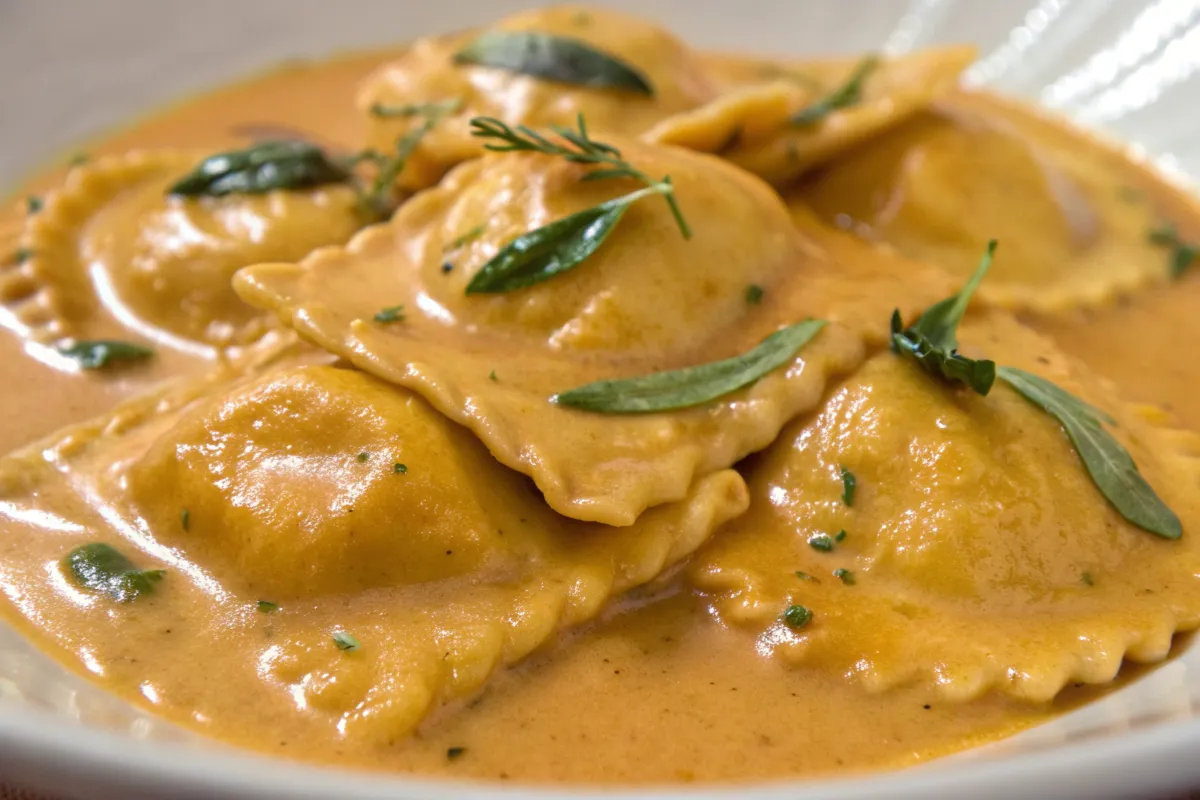

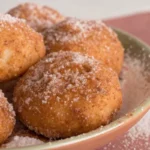


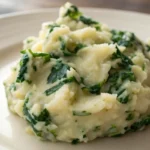
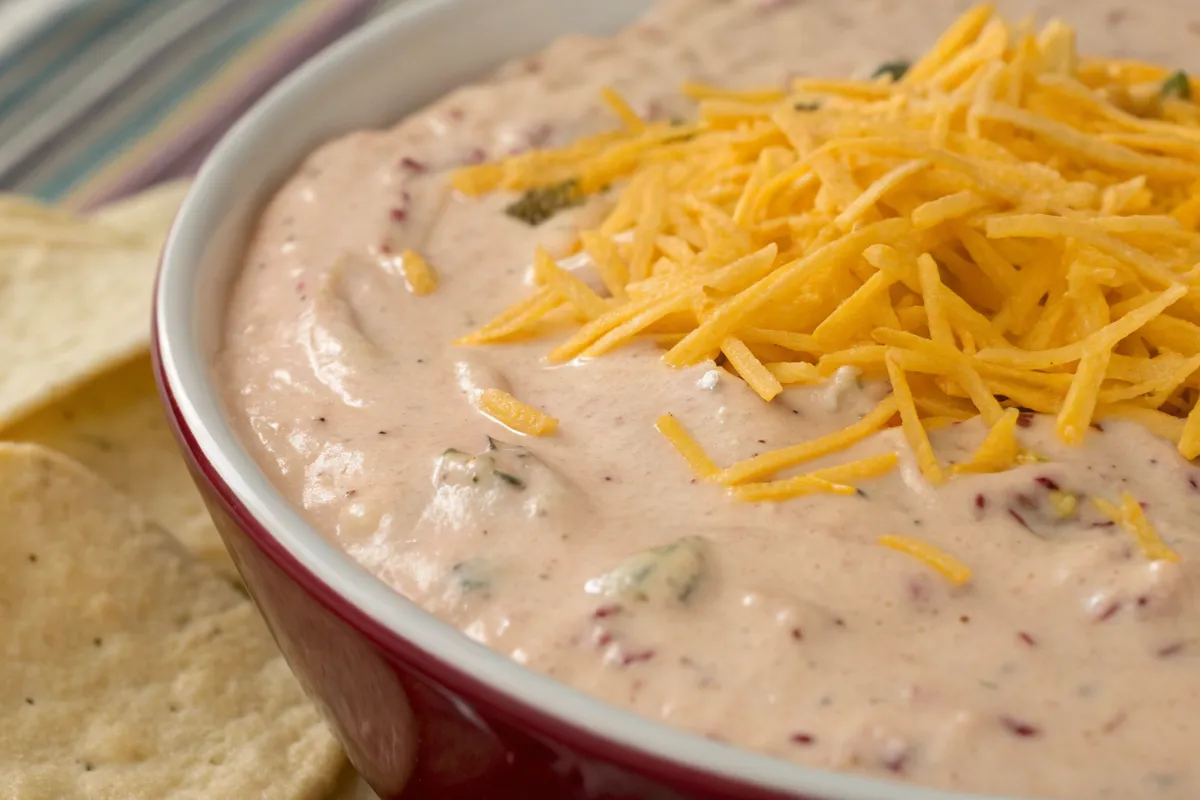
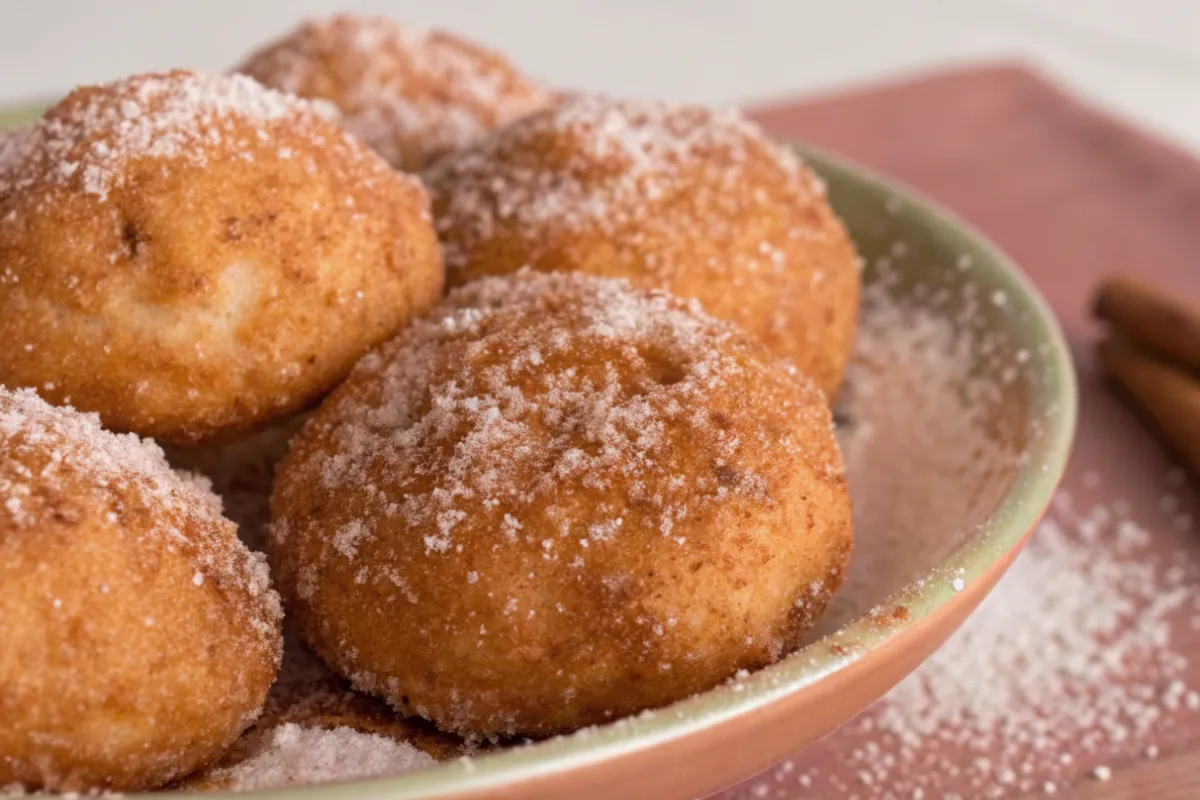

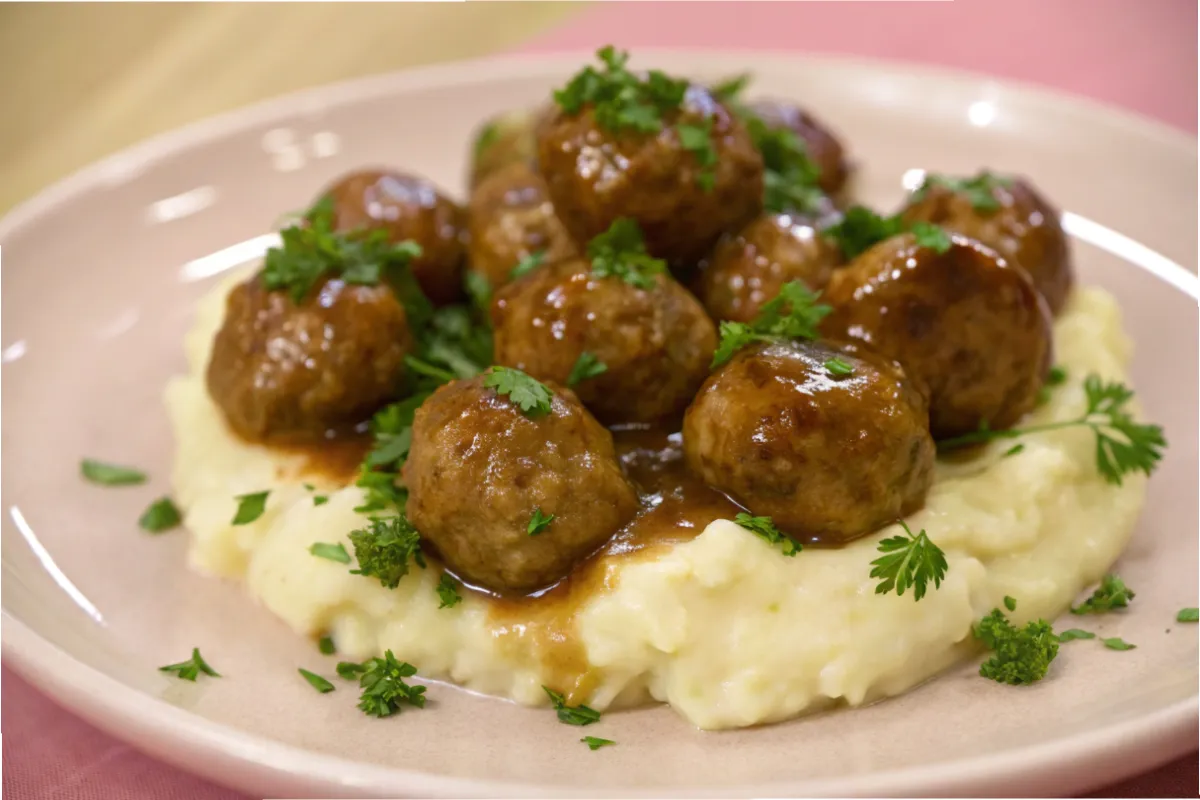
Leave a Reply